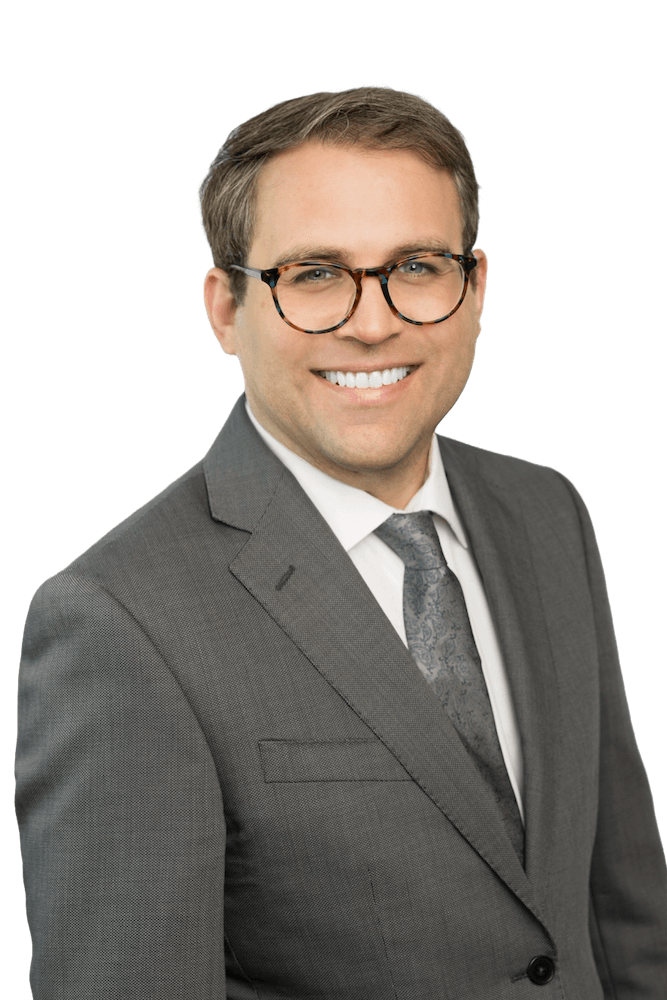One of the advantages of using a legally separate business entity is that the owner’s personal assets are generally protected if something goes wrong with the business. This protection is known as the “corporate veil.” While it is a powerful distinction, there are two primary situations where it can be broken and the owner’s personal assets are at risk to satisfy claims against the business.
The first is comingling of assets. This occurs where owners don’t actually treat business and personal assets separately. The most obvious examples of this are not using a separate business bank account, or regularly pulling money out of the business account for personal expenses. If the owners don’t treat the business as meaningfully separate from their personal life, the law won’t either.
This isn’t to say that an owner can never take money out of the business, or that the business can’t own or provide certain items that have mixed business and personal use, such as vehicles or electronic devices. But these must be legitimate withdrawals and items that are actually used for both business and personal purposes.
The second situation is liability for improper distributions or fraudulent transfers. State laws contain prohibitions on a business entity distributing cash or assets to its partners, shareholders, or members if after the distribution the entity becomes insolvent. In plain English, a distribution is improper if after the distribution the business doesn’t have enough assets to pay its regular bills and obligations in a timely manner. These laws exist to prevent business owners from exploiting the shield of limited liability by pulling earnings out of a business, claiming the business can’t pay its creditors, and claiming the business earnings can’t be touched by creditors because they are the business owner’s personal property after distribution.
For example, if Jim and Jane have a struggling LLC, they cannot distribute all the assets of the LLC to themselves, declare the LLC bankrupt, and avoid their creditors coming after the assets they distributed to themselves. This also applies to judgment creditors, so if Jim and Jane know their business is about to have to pay a customer a large judgment for lawsuit over a botched job, they cannot distribute a large sum of cash from the LLC to themselves and then claim the LLC cannot pay the judgment and they are personally not required to pay it. These laws exist to prevent fraud and attempts to cheat other people and businesses out of money they deserve.
In either of these scenarios, a party with a claim against the business could go to court and seek to pierce the corporate veil and demand the business entity’s owners pay the claim out of their personal assets. If successful, this could put the improperly distributed assets, or in the worst case all of the owner’s assets, at risk to the other party. This defeats the entire purpose of using a business entity to limit liability, and so both comingling of assets and improper distributions should be avoided. A competent business attorney can assist with determining whether business practices are properly in place to reduce the risk of piercing the veil of limited liability.




